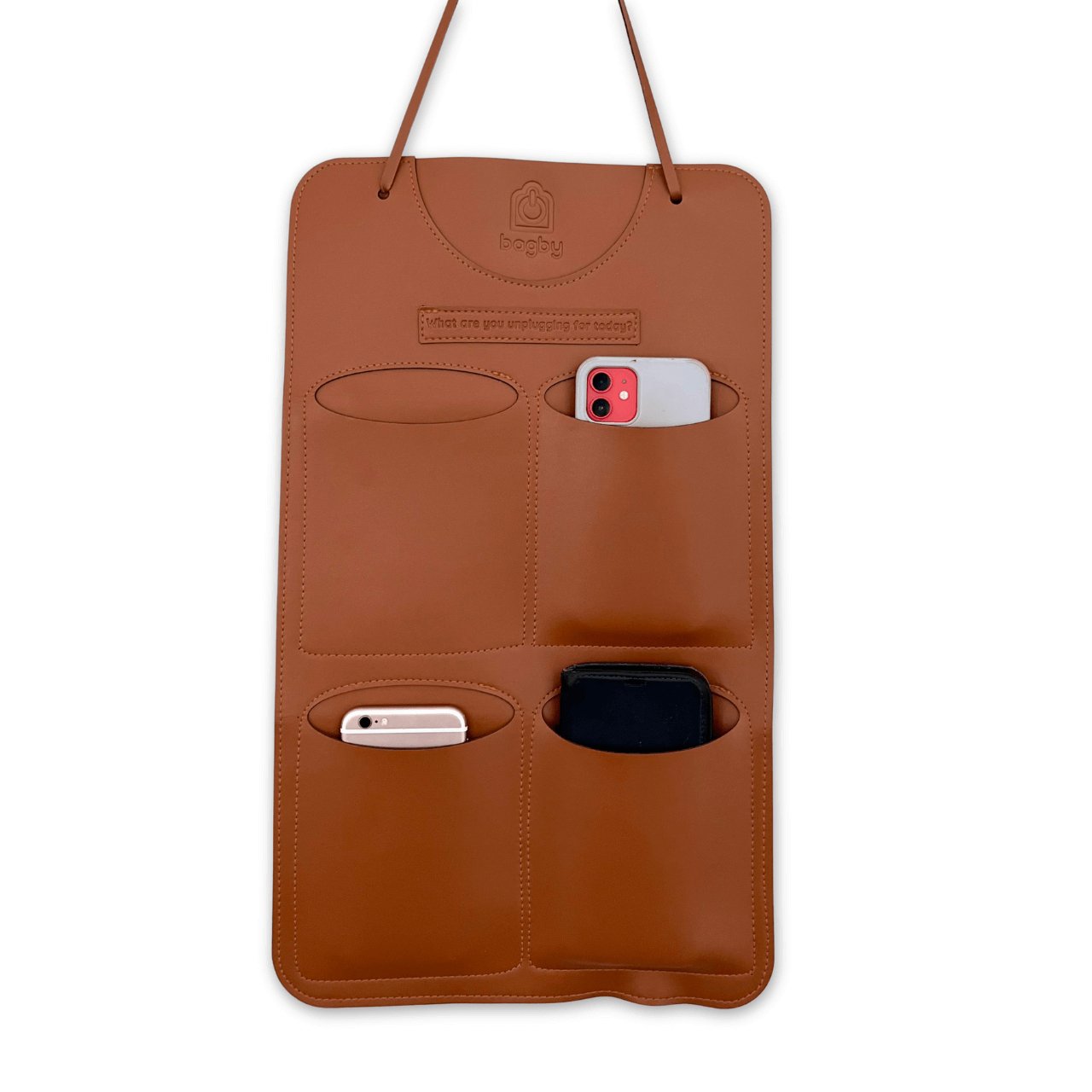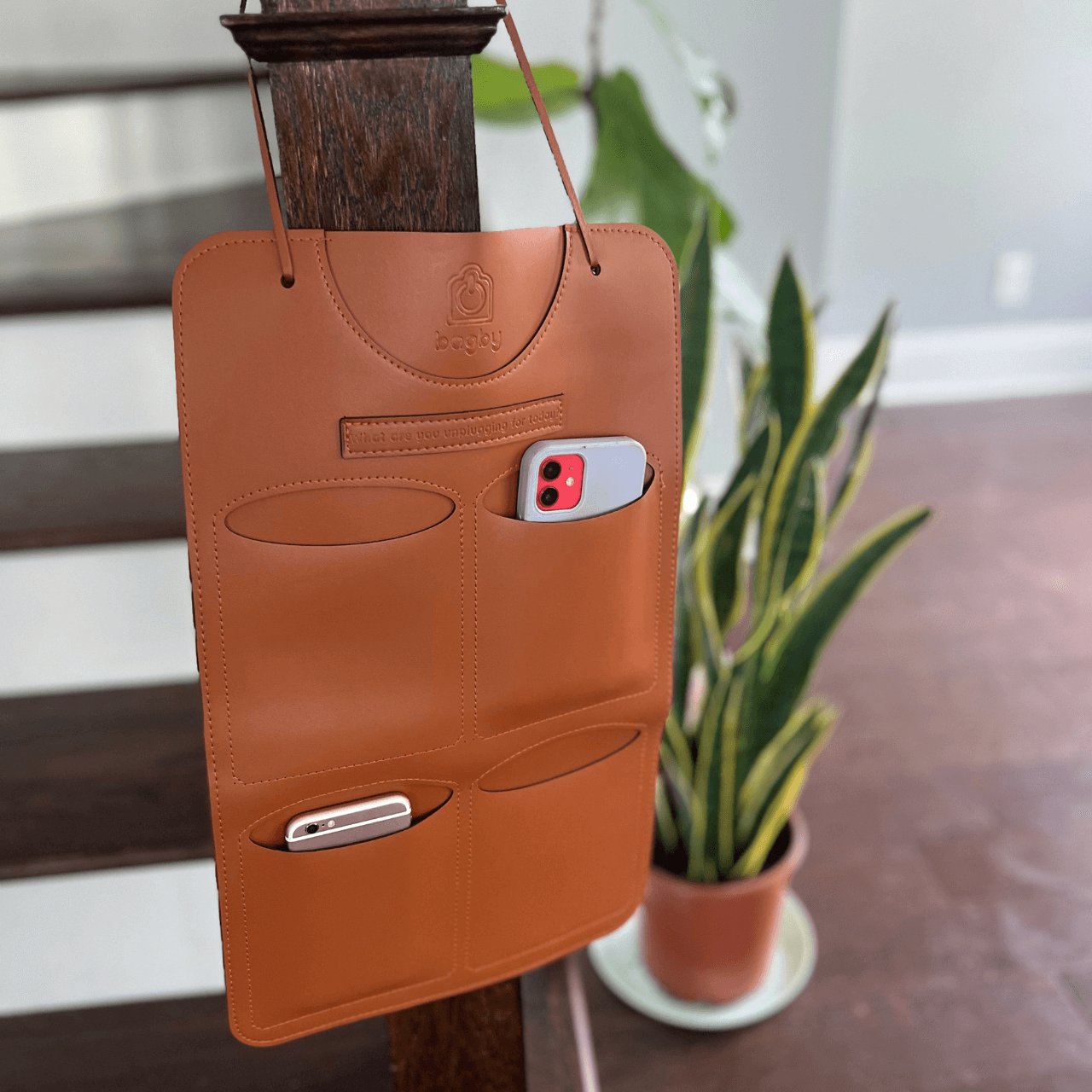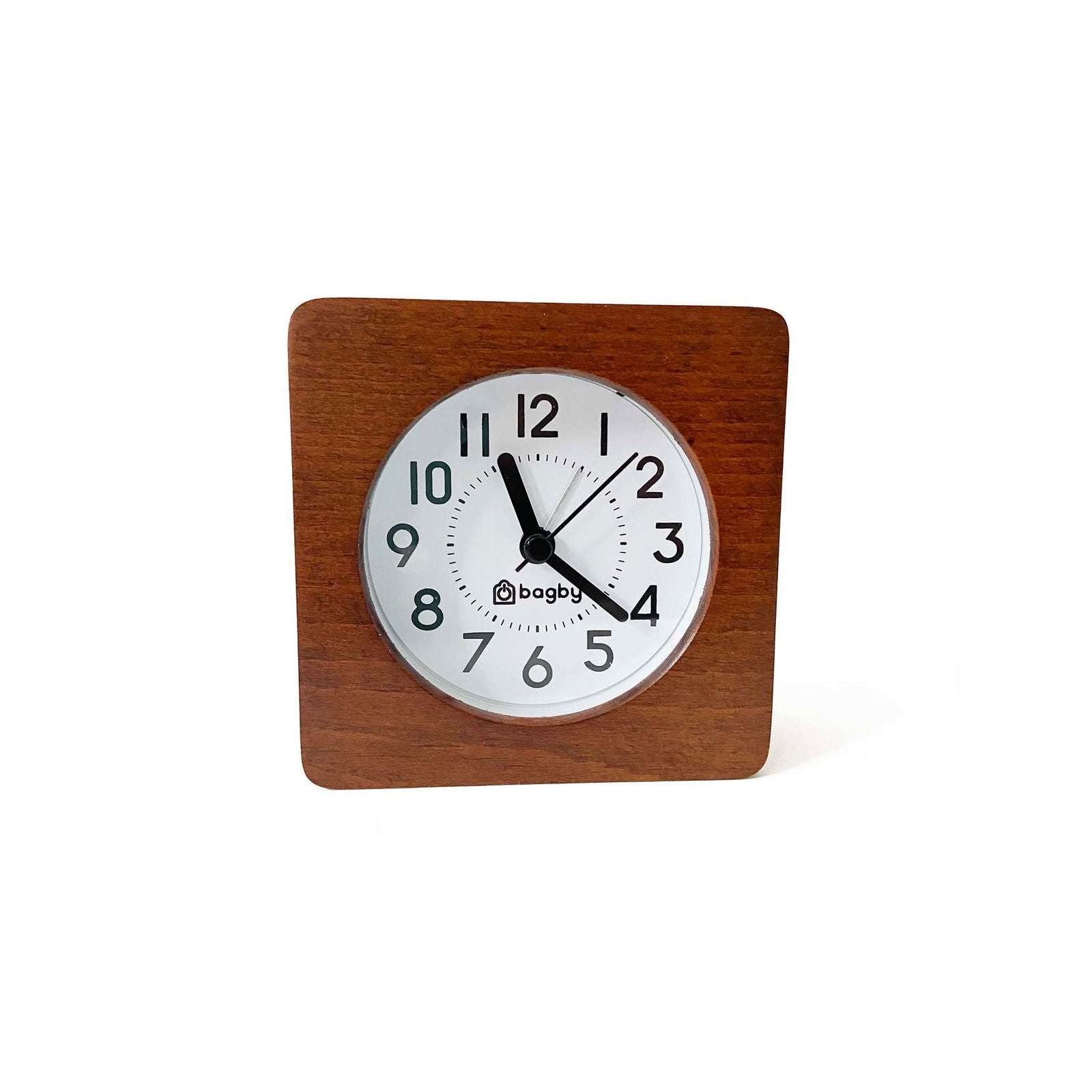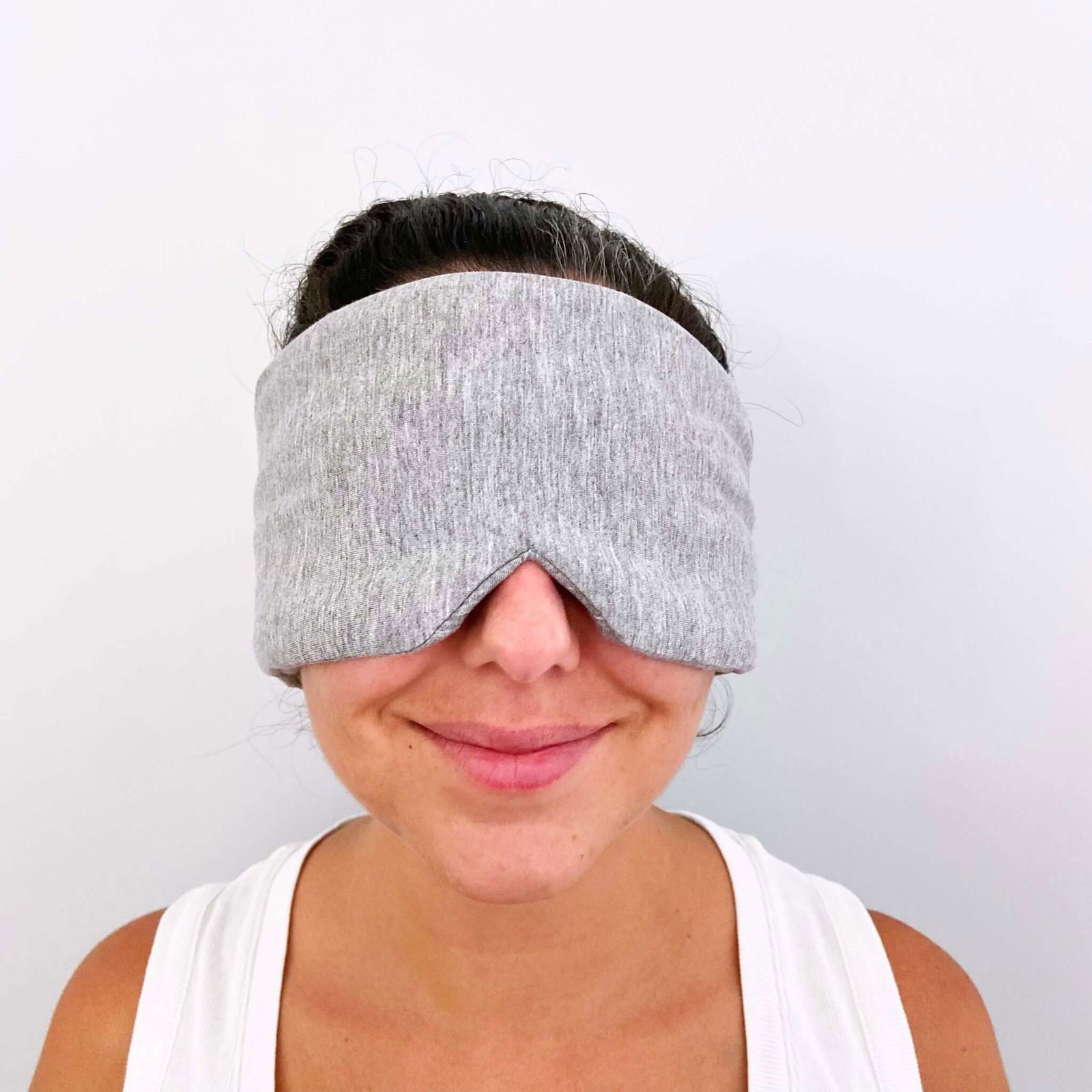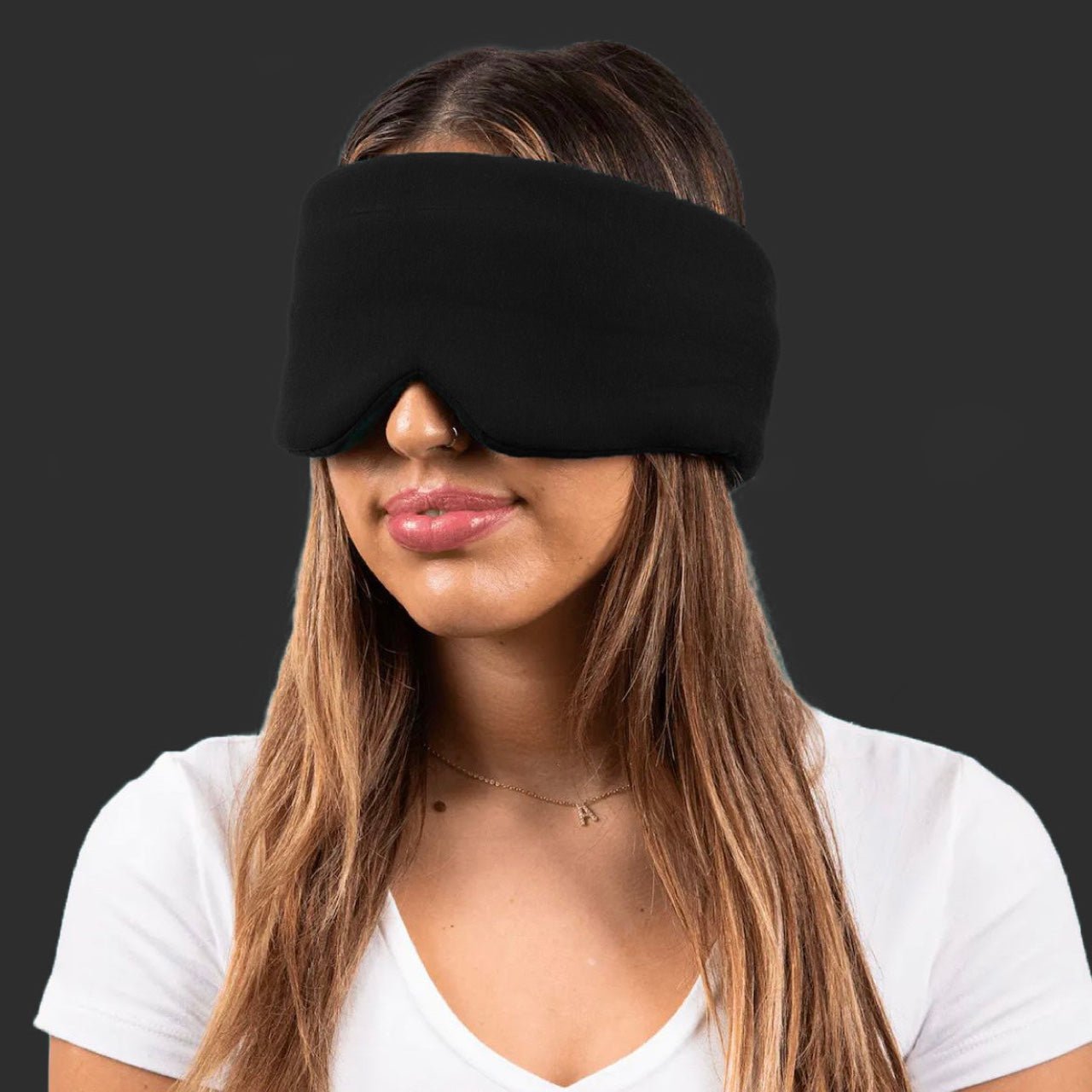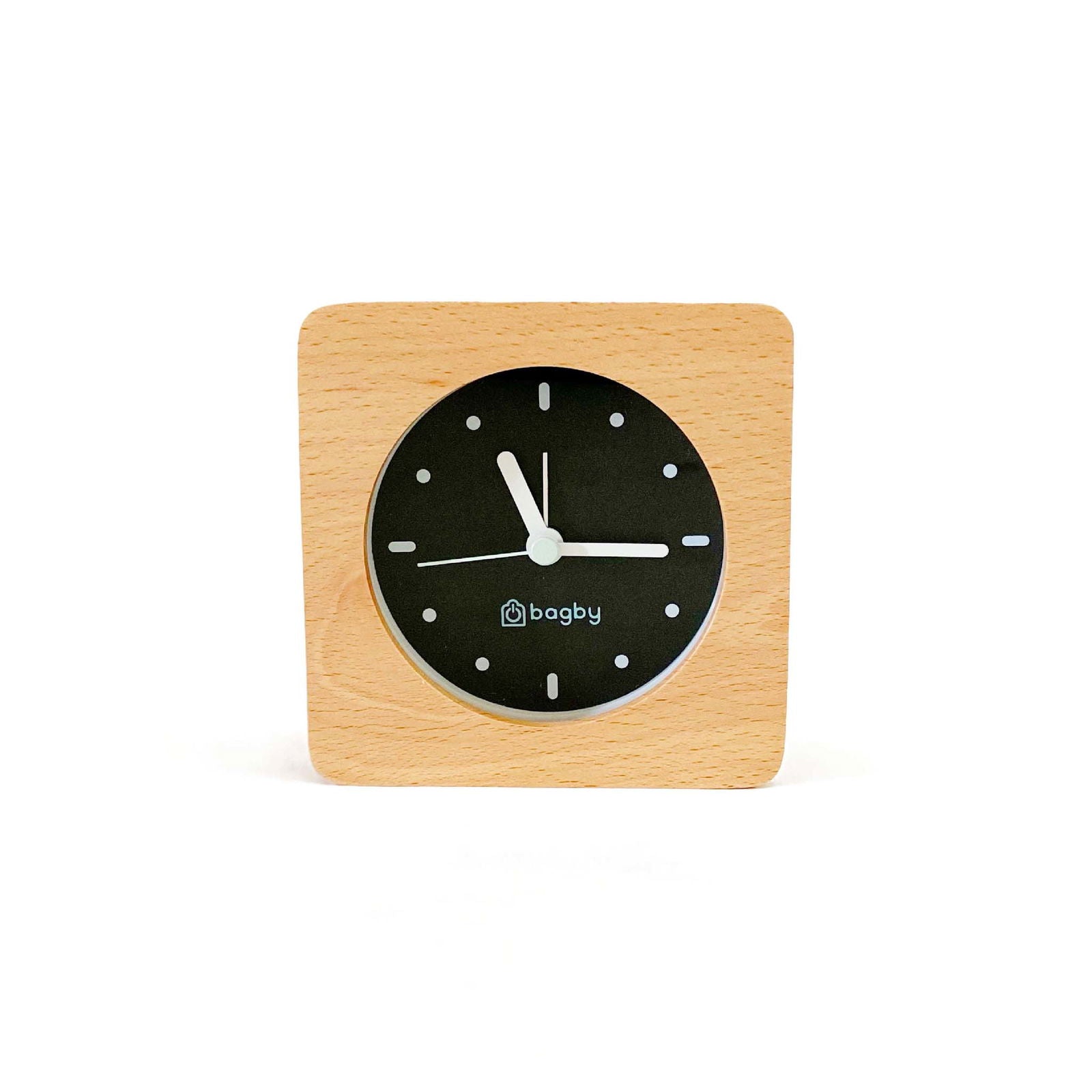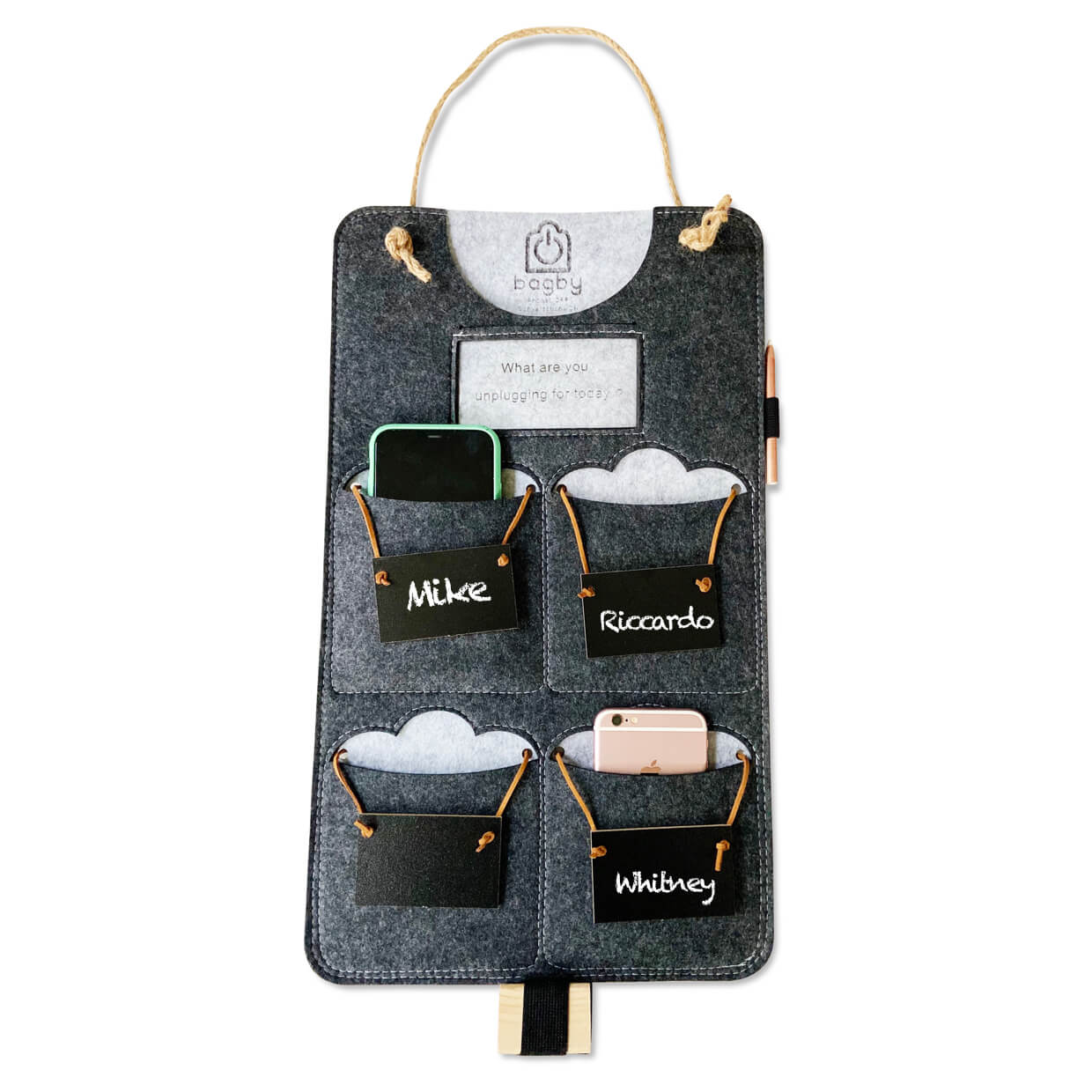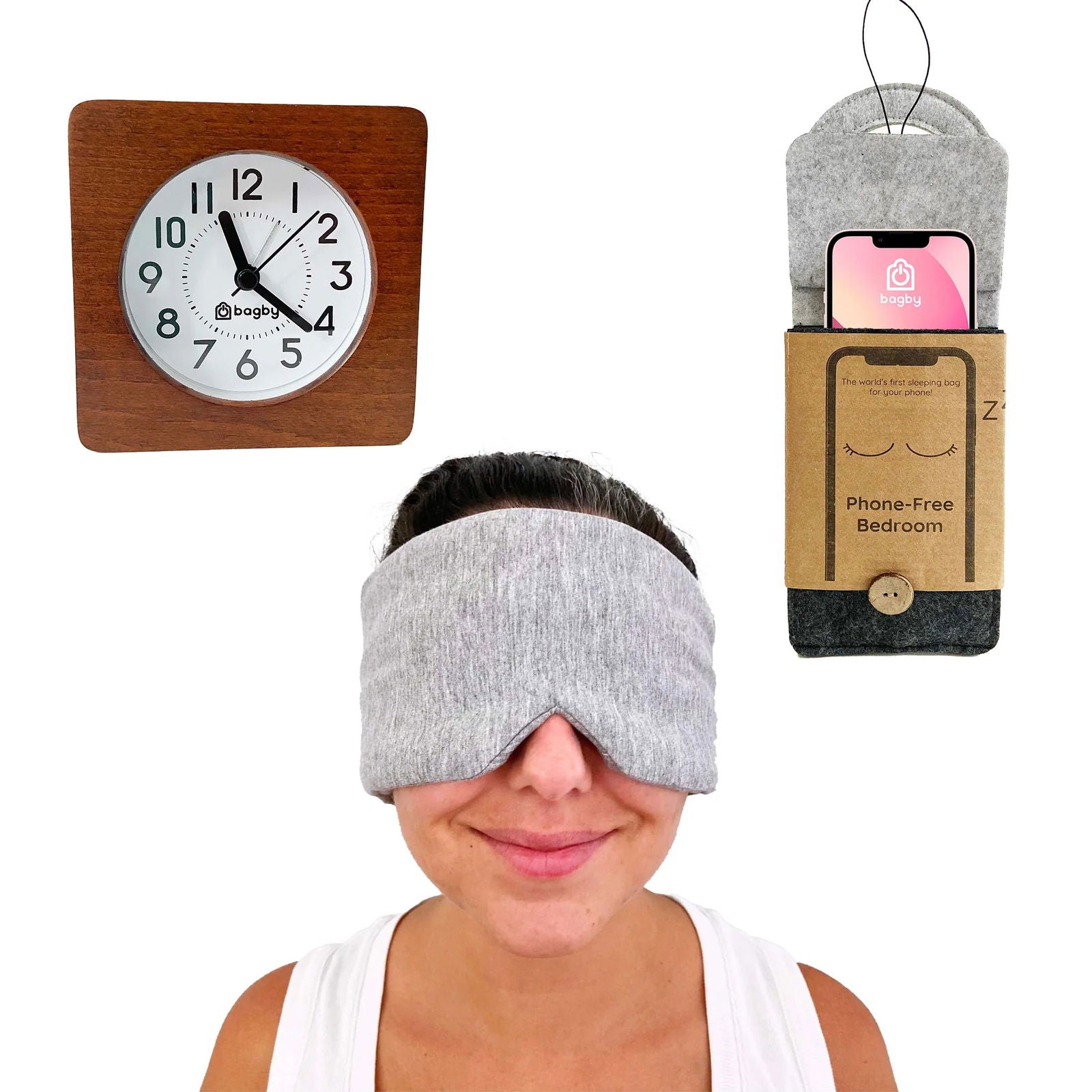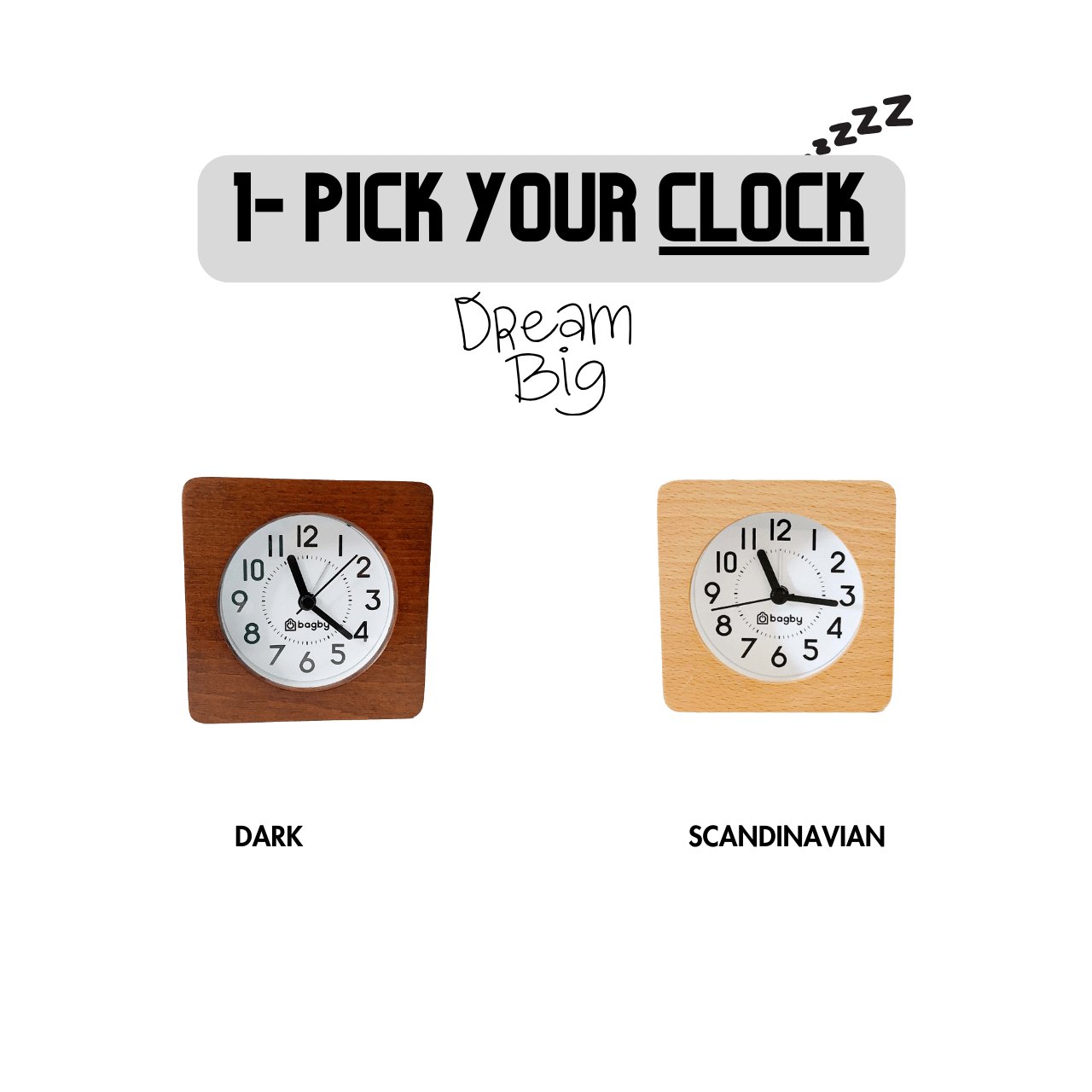Women are often the ones who carry the largest domestic burden. And for many, balancing work, family and household management leaves little time for self-care.
A research study by Ovarian Cancer Action said that:
- More than a quarter of women prioritize work over making an appointment with their doctor.
- A third of the female population thinks looking after their family comes before anything else.
- And 14% of women feel that spending time with their partners is more important than seeking medical help.
“From being too busy or feeling too shy to prioritizing the needs of our families or our jobs – every woman is different, and there are myriad reasons that health issues may not take precedence in the busy lives we lead,” said Katherine Taylor, Chief Executive of Ovarian Cancer Action.
This is worrying because even though, statistically speaking, women live longer than men, research says that they spend around 15% of their lives in unhealthy conditions.
Now, I can’t tell you to simply stop being busy and take care of your health instead. It’s not that simple. But there are things you can do to take better care of your health while still being present to address your other responsibilities.
In this guide, I’d like to offer some ideas on how you can do that.
So, let’s begin.
And as always, there’s a TL;DR at the end, which stands for too long; didn’t read. If you don’t have the time to read the whole text, you can jump to the bottom, where you’ll find a bulleted summary of the tips in this guide.
Prioritize Your Sleep
Although the World Health Organization recommends 7-9 hours of sleep for any adult, research studies have found that women actually need more sleep than men.
“Women’s brains are wired differently, so their sleep needs will be slightly greater. Women tend to multi-task—they do lots at once and are flexible, and so they use more of their actual brain than men do,” said Jim Horne, director of the U.K. Sleep Research Center.

So, starting today, do what you can to prioritize your sleep. And how do you do that?
One thing you can do is to stop using your gadgets at least two hours before you go to bed. This will reduce your blue light exposure and will stop your gadgets from digitally overstimulating your brain.
Second, you can try journaling before going to sleep. This will help you pen down the problems that cause you to toss and turn in bed.
And finally, remove distractions from your bedroom. This means your bedroom should contain nothing else but things that help you get a good night’s rest. So, no phones, computers, or TVs in your bedroom.
In essence, just a nice and comfortable bed, blankets and pillows, calming decorations, and a nightstand.
Prioritize Your Mental Health
Although mental health problems affect everyone, women are twice as likely to suffer from problems like:
- Depression
- Anxiety and specific phobias
- Post-traumatic stress syndrome (PTSD)
- Eating disorders
If you’re suffering from any of these problems, you firstly need to find yourself a medical professional who can help you with them.
Besides that, here are a few things you can incorporate in your life for better mental health.

Get at least 15 minutes of sunshine per day. It’s shown to boost vitamin D and elevate your mood.
- Spend half an hour in nature whenever you can. It can be on a park trail, a riverway, or the beach—just be in nature.
- Take a short trip, exploring your local area. This will help you experience a change of scenery, providing positive stimulation and reducing anxiety.
- Unplug from devices. Turning off and/or leaving behind your smartphone, tablet and laptop halts the constant flow of messages and notifications, allowing for relaxation and real-life reconnection.
- Practice forgiveness. Research studies say forgiving others or even yourself enhances your mental health and increases your life satisfaction.
Prioritize Exercise
Statistics say that more than 60 percent of U.S. women do not engage in the recommended amount of physical activity. And more than 25 percent of U.S. women are not active at all.
We all know that regular exercise provides various health benefits, from lowering your blood pressure to reducing your risk of developing cardiovascular diseases.

But experts say that regular exercise can also help:
- Manage mood swings during menstrual periods.
- Prevent bone loss and osteoporosis. (Women are far more vulnerable to osteoporosis and related bone fracture and loss of height as they age.)
- Keep weight in check. (As women tend to lose muscle mass faster than men, as they age, it’s harder for them to lose weight. Exercise helps them preserve their muscles, lowering the risk of rapid weight gain.)
- Improve sleep
If you don’t know where to start with your exercise journey, you can check out my post, “Cell Phone & Fitness: 5 Best Free & Paid Fitness Apps of 2022.” It can help you get your exercise journey started just with your phone.
Prioritize Your Nutrition
Although women generally need fewer calories than men to survive, they have higher vitamin and mineral needs. Specifically, you need more calcium, iron, and folic acid in your nutrition.

This is because:
- Since women have smaller bones than men, they’re more prone to osteoporosis. Calcium helps with that.
- Women are also more likely to be anemic. Human blood stores more than 70 percent of the body’s iron. And during each menstrual cycle, a woman loses around 1 mg of iron.
- And finally, folic acid helps preserve iron, improves fertility, prevents congenital disabilities, and supports hair growth.
So, along with a nutritious diet, add these three things to your plate.
Start Food Journaling
The habit of food journaling can be a handy tool in your health journey.
Contrary to what many people think, tracking your food intake isn’t temporary, just until you reach a specific goal. Keeping a food journal will help you with lots of things like:
- Identifying the Whys (as in, why do you eat when you’re not hungry? Why do you choose to eat chocolate over fruit? Why do you buy certain foods at the grocery store?)
- Learning how your dining companions impact your eating habits. (Your dining companions can affect what you eat, how much, and how often you eat. With your food journal, you can pinpoint these patterns and make more individualized decisions.)
- Eliminating mindless eating
- And matching perceptions with reality. (As I’ve already mentioned, simply being full isn’t enough for your health. A journal will help you identify nutrients you’re lacking or overeating).
Here’s a little something to help you with your food journalling needs.
The Bio-Hacking Food Tracker Journal: A tracker for food intolerances and elimination diets is a fantastic food tracker that does more than track your food. With it, you can also track your sleep, menstruation cycle, macros, hydration, and more.
TL;DR
If you’re here after reading the whole guide, I’d like to thank you for supporting our efforts to make your relationship with technology a safer, healthier one.
And if you’re here because you don’t have time to read the whole text, here’s the TL;DR as promised.
Prioritize your sleep: Women need more sleep than men. So, tailor your sleeping environment for that.
Prioritize your mental health: Make healthier changes in your life, like embracing the sun in the morning, being in nature when you can, and practicing the art of forgiving.
Prioritize your exercise: Search for at-home workout apps for women to get your exercise journey started.
Prioritize your nutrition: Add more calcium, iron, and folic acid to your diet.
Start food journalling: Check out the Bio-Hacking Food Tracker Journal by Megan Rose McMullen on Amazon.







